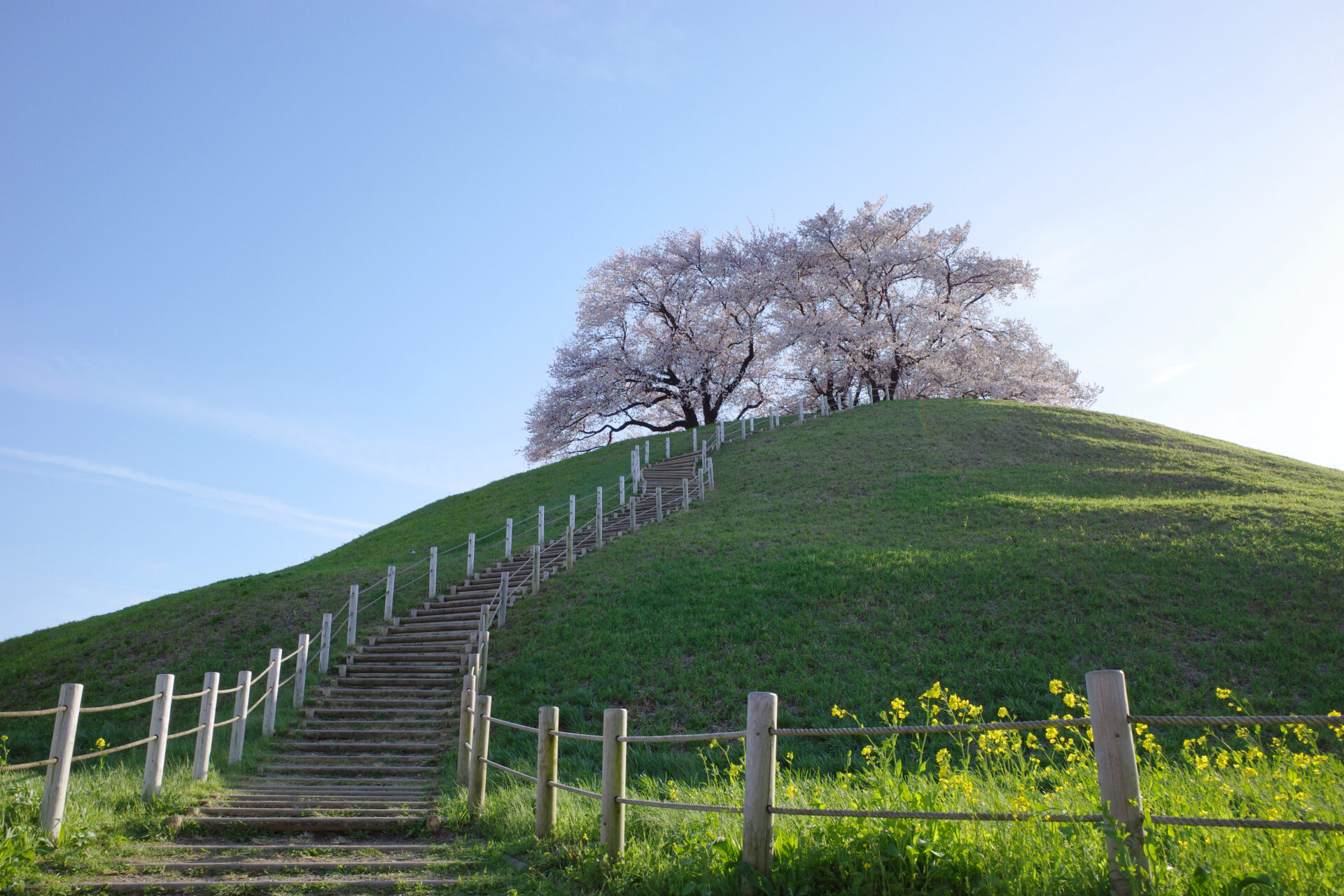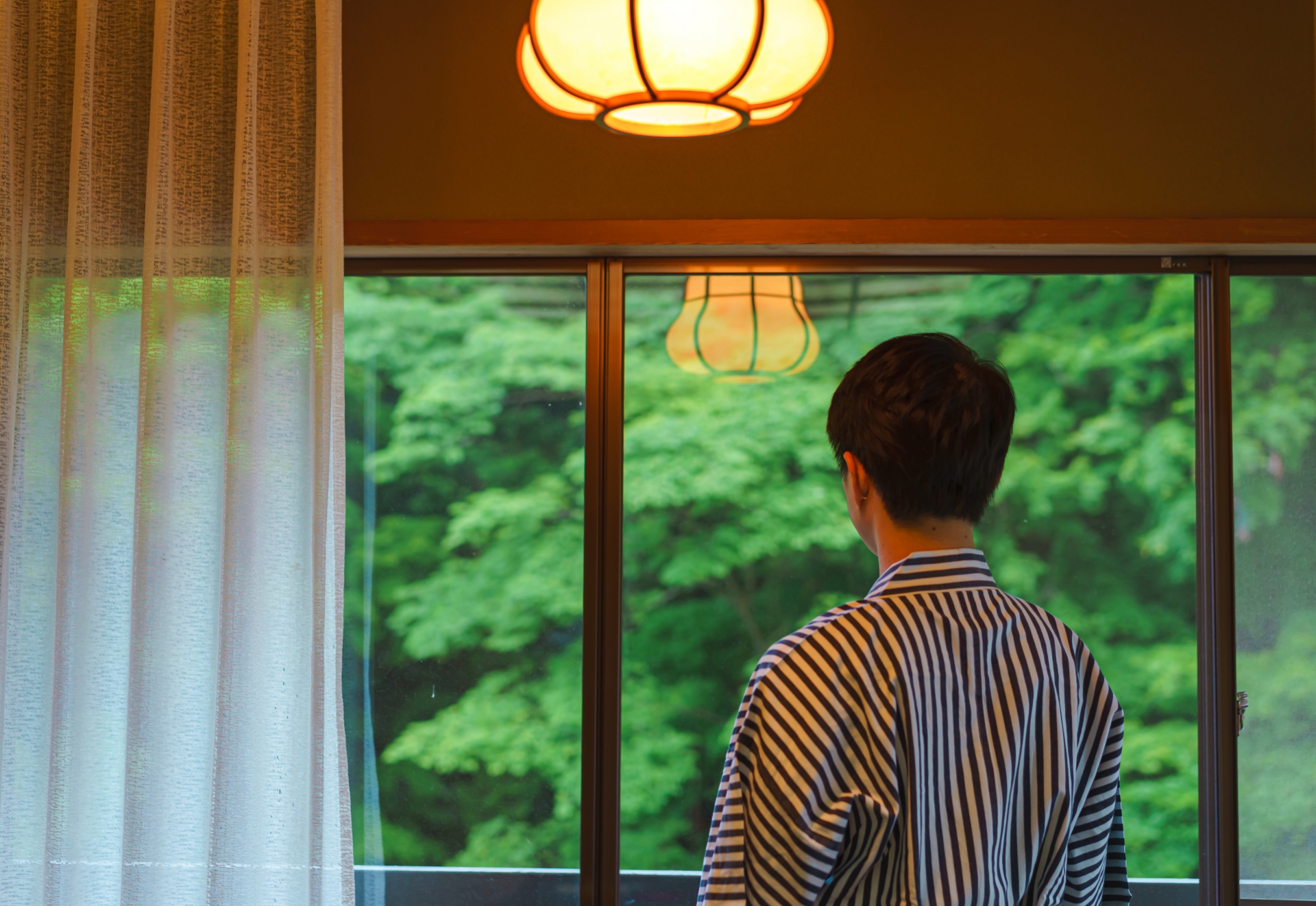
Mao Goto is a Japanese freelancer who was born in Hayama, Kanagawa prefecture, and raised in Tokyo. Since 2016 she lives in the Taito Ward, home to a lot of Japanese culture hotspots such as Asakusa, Akihabara, and Ueno. She has been interested in the field of English education in Japan and got her Master’s degree in March 2020. A lover of photography, travel, sweets, and cross-stitch. Contact her via Facebook.
This post may contain some affiliate links. When you click through and make a purchase we may receive some commission, at no extra cost to you.
Historical ruins are important sources for information that helps us understand the life and culture of the respective eras in which they were built, and Japan has many such ruins which fascinate and captivate those interested in ancient Japanese history and history buffs in general. Among these remnants is a type of ruin called kofun (古墳, ancient burial mounds) which you can find scattered throughout Japan, with many of them being famous tourist attractions. But what exactly are kofun, and how were they formed? In this article we take a closer look at this interesting part of Japanese history.
What is a Kofun?
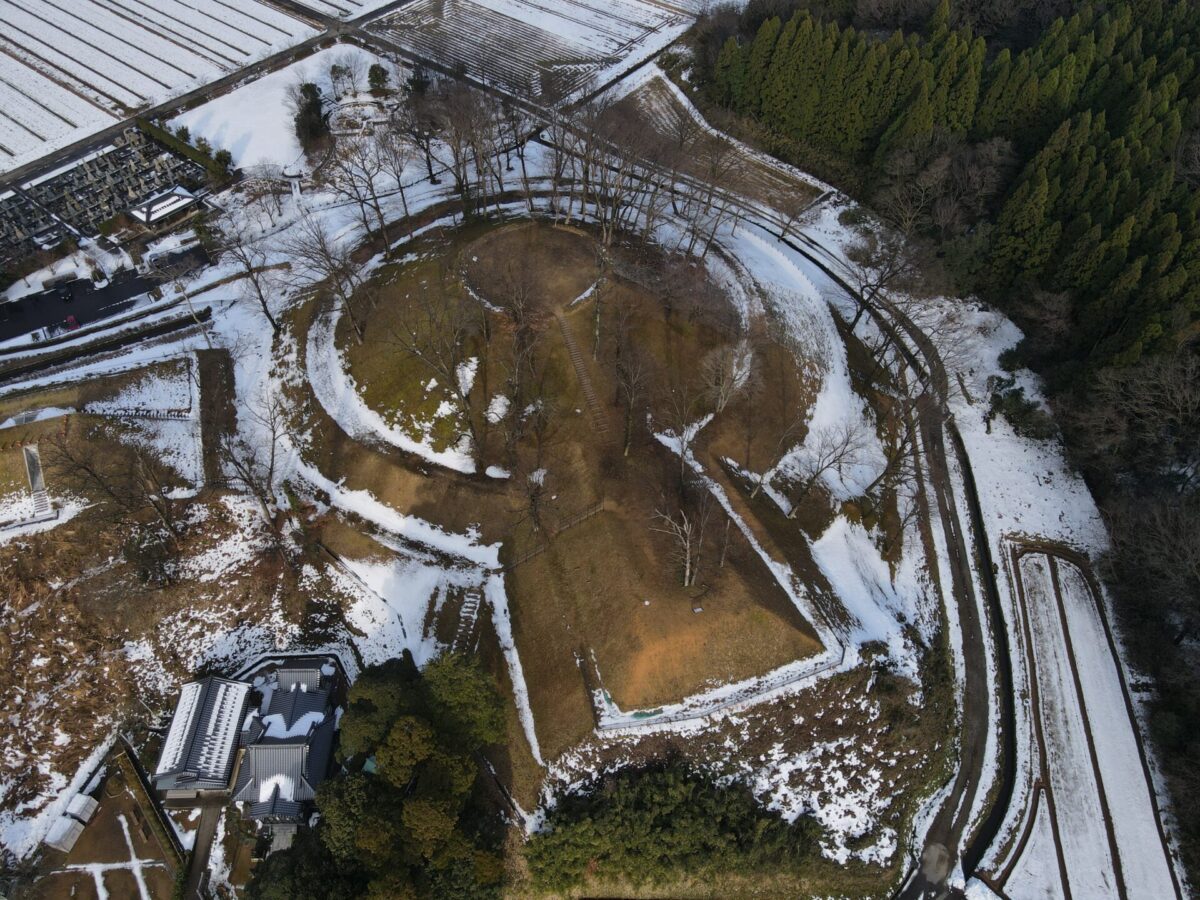
A kofun is a burial mound inside which an influential or important person was buried. The tradition of burying people in kofun started around the 3rd century and lasted about 400 years, and they were only constructed by people holding a high rank. There are various types of burial mounds, including zenpokoenfun (前方後円墳, keyhole-shaped mounds) and enfun (円墳, round mounds). They were constructed in many different sizes ranging from only 10 meters to as big as 400 meters. Burial facilities were built inside the mounds, and burial accessories were often added as well. The burial accessories could be anything from weapons and farming tools to decorative ornaments and tools believed to hold magical powers. It’s believed that it’s possible to determine a buried person’s wealth and power at the time from the burial accessories placed inside the kofun with them. The period when kofun were constructed in Japan is also called the “kofun period” (古墳時代).
The History of Kofun
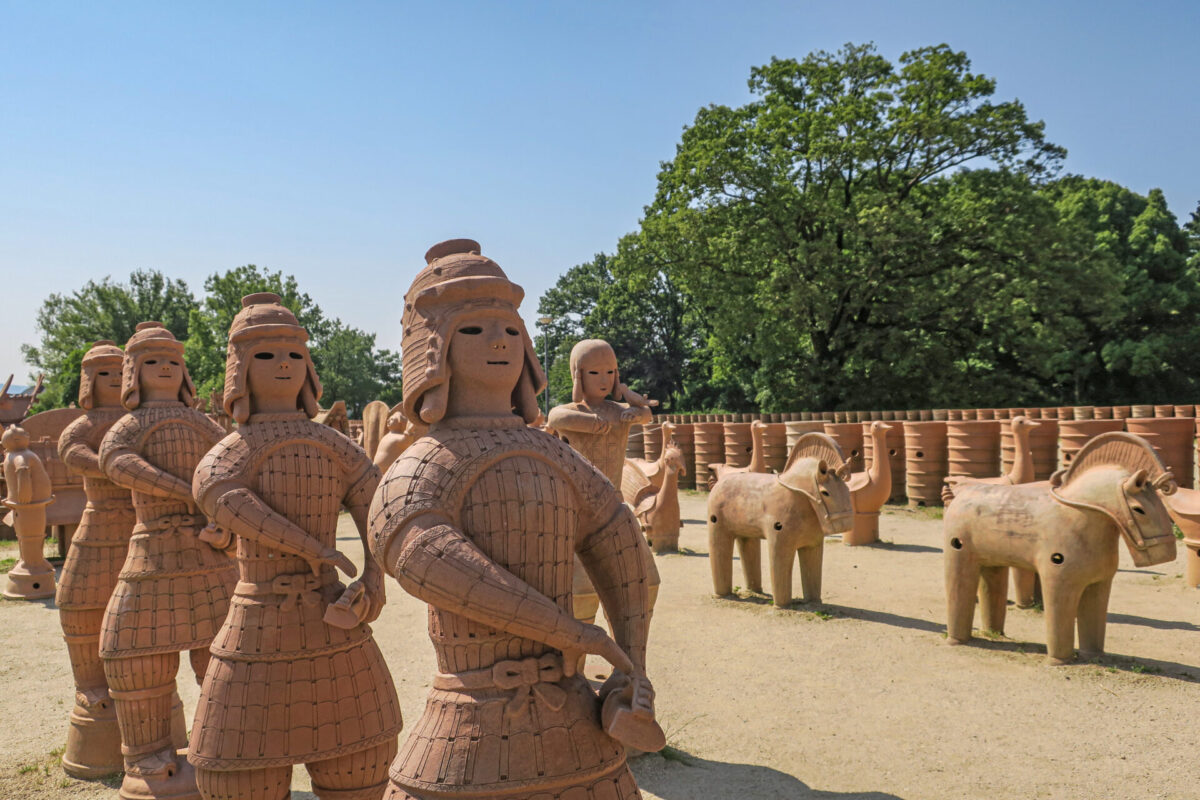
The appearance of kofun is believed to have had a great deal to do with the Yamato regime. The Yamato regime proceeded to unify Japan, and did so in just over 100 years from the late 3rd century. As the Yamato regime’s power spread, local warlords were placed under its control, and it’s believed that they began to build kofun tombs around that time. Since building a kofun mound required considerable manpower and financial resources, it’s very likely that the person who had the tomb built had abundant financial means at the time. The remains of the burial mounds provide valuable clues to the civil engineering technology of the time, and the ornaments and other burial accessories provide fascinating insights into the lifestyle and culture of the people who lived there at that time.
Haniwa
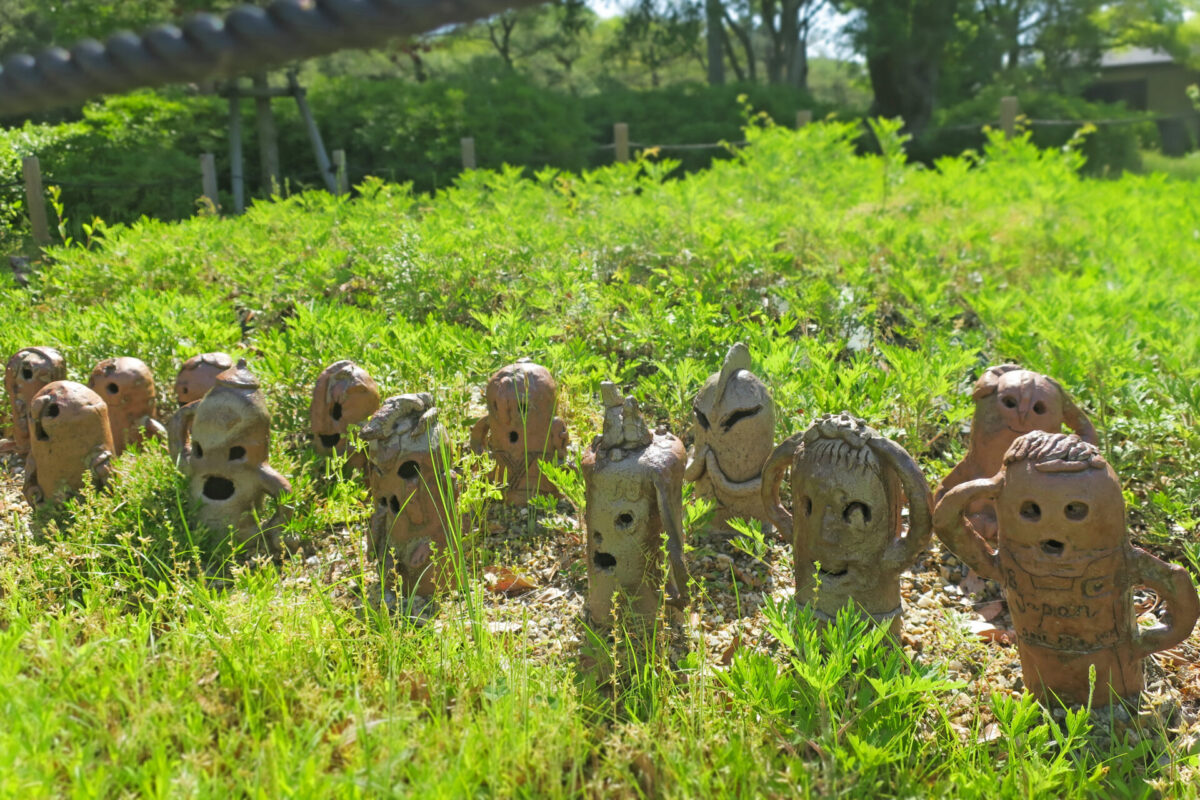
If you already have an interest in kofun and ancient Japanese history, you have probably heard of haniwa as well. Haniwa are unglazed clay figurines arranged on or around the kofun tomb. Haniwa are said to have played the role of a talisman to protect the souls of the dead. There are various shapes of haniwa, including circular ones and haniwa modeled after people and things. There are especially many haniwa based on the shape of human beings with expressive faces, and some of them look undeniably cute!
Places to See Kofun in Japan
Now that you have gained a little knowledge about kofun, we will introduce some places where you can see the remnants for yourself. The majority of them are located in Nara and Osaka prefectures where you can see many different sizes of kofun mounds.
1. Takamatsuzuka Kofun
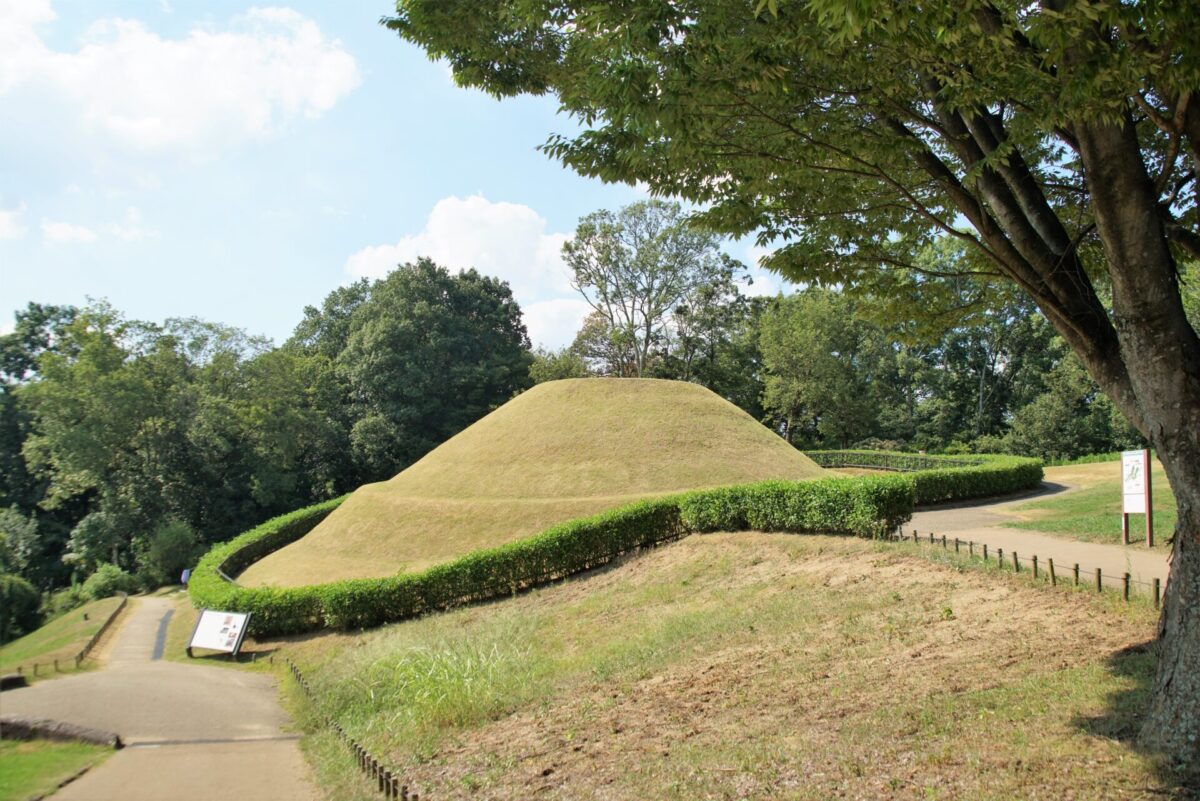
Takamatsuzuka Kofun is a burial mound located in Asuka Historical Park in Nara Prefecture and is believed to have been constructed from the end of the 7th century to the early 8th century. The person buried there is still unknown and research is ongoing. The most notable feature is the colorful wall paintings inside the stone burial chamber which are said to have been influenced by ancient Chinese Taoism.
2. Daisenryo Kofun

Daisenryo Kofun is a gigantic keyhole-shaped burial mound located in Sakai Ward, Osaka, and is one of the largest burial mounds in Japan, measuring about 486 meters in length. It is believed that the deceased was buried in the circular part of the burial mound and that the edges were lined with many haniwa figures. The burial mound is so large that it would have taken over 15 years to complete with 2,000 people working on it every day. Therefore, the person buried here is considered to have been a very powerful man of his time.
3. Mozu-Furuichi Kofun Group
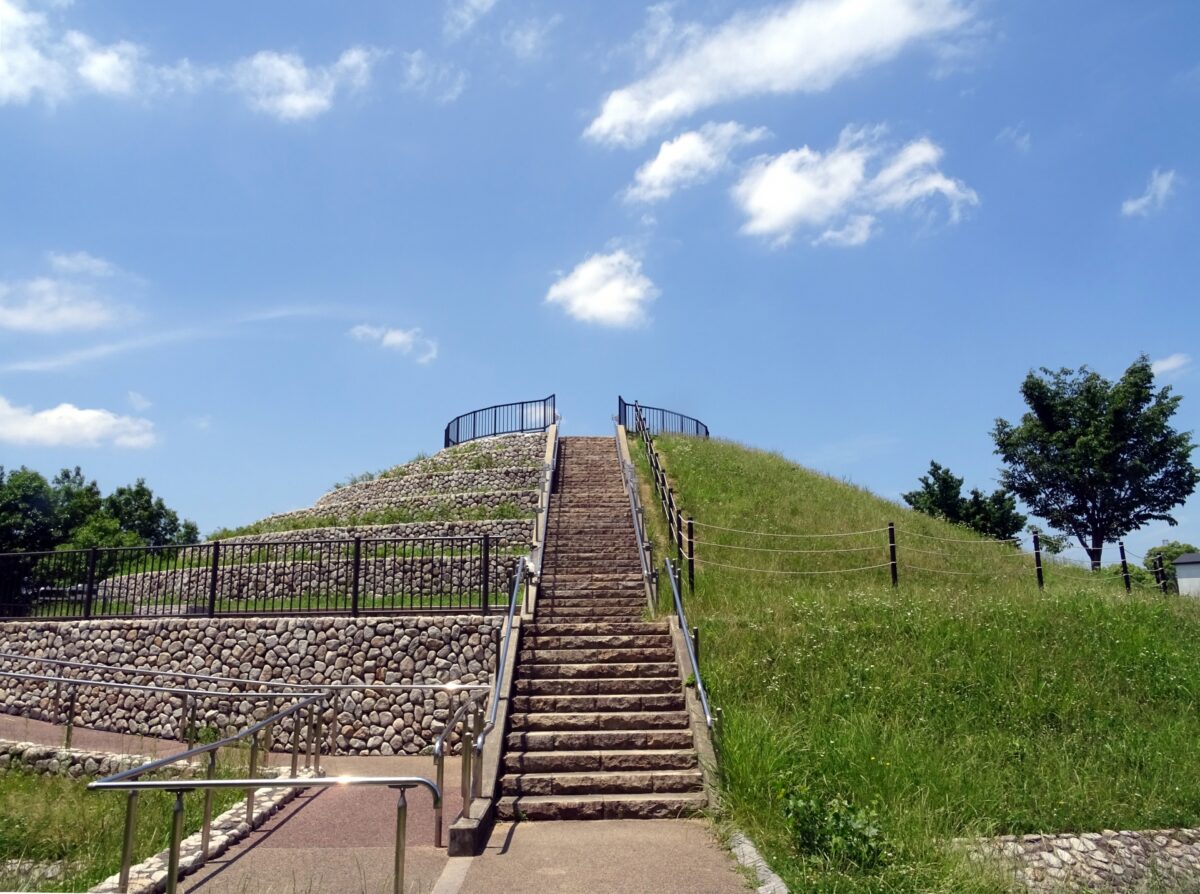
The Mozu-Furuichi Kofun Group is a group of mounds constructed in the late 4th to 5th century, the peak of the kofun period, and is located in Sakai Ward, Osaka. They are mainly the tombs of ancient royalty and include several different types such as keyhole-shaped and round mounds.
4. Tsukuriyama Kofun
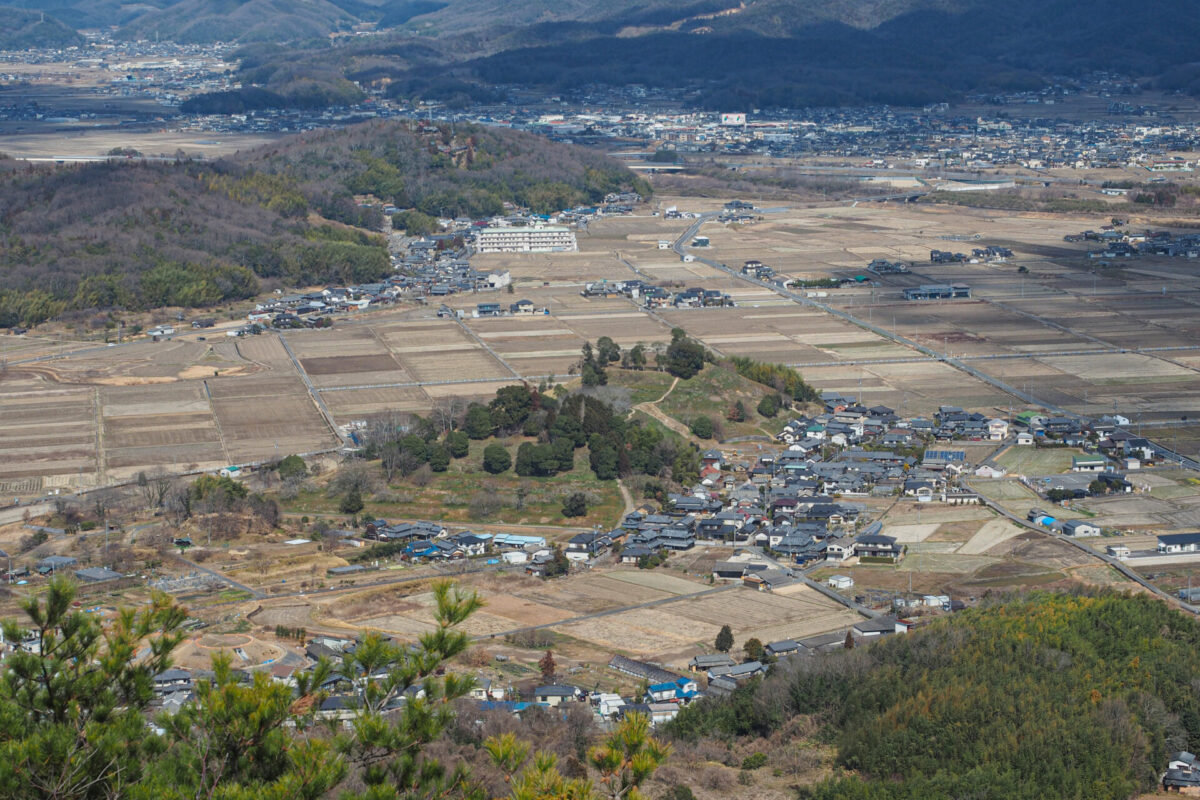
Tsukuriyama Kofun is the tenth largest keyhole-shaped mound in Japan and is located in Okayama Prefecture. It is believed to have been constructed in the middle of the 5th century. The mound is surrounded by nature and has a huge monument which is said to have been placed there to show off the power of the warlord of Kibi. However, the usually circular part is actually oval and the front part is somewhat distorted, suggesting that the Kibi lord must have been financially strapped.
5. Maruyama Kofun
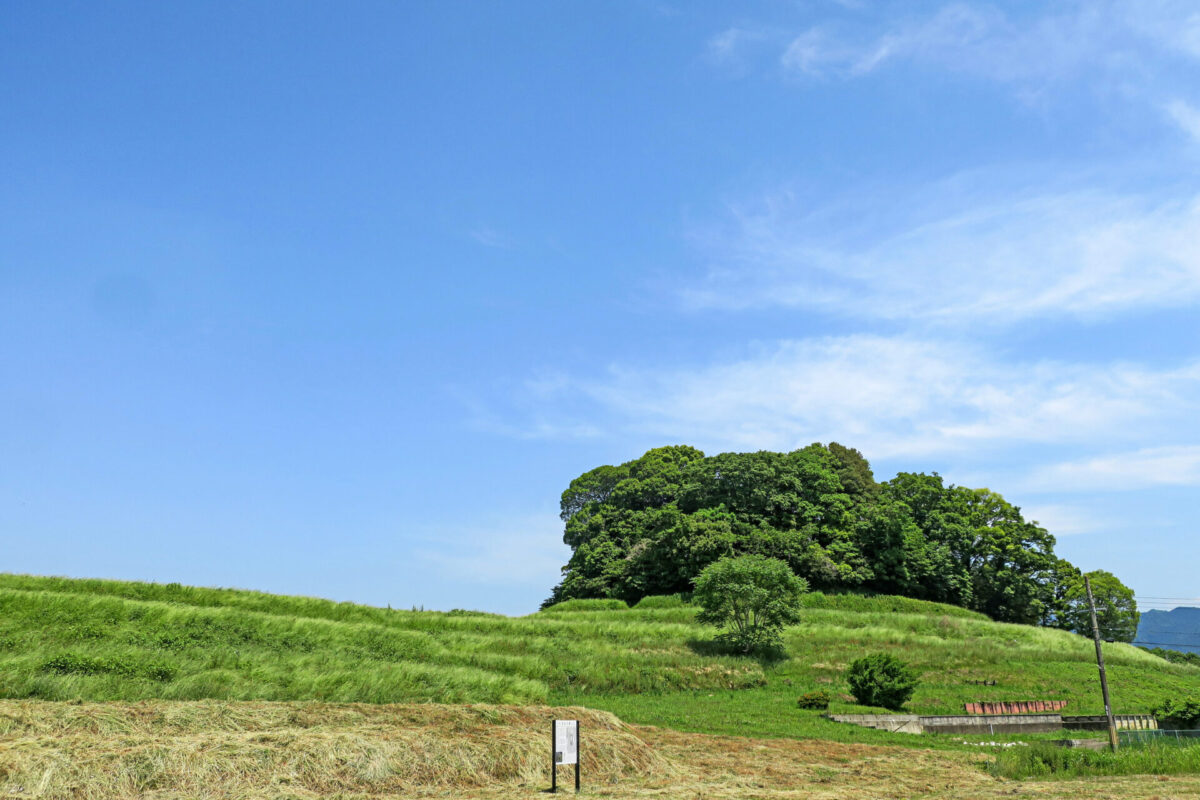
The Maruyama Kofun is located in Nara Prefecture and is the largest keyhole-shaped mound in the prefecture, thought to have been constructed in the latter half of the 6th century. At first it was thought to be a round burial mound since it was too large to grasp the entire layout, but later it was concluded to be a keyhole-shaped burial mound. It is a huge mound with a total length of about 420 meters which is a very large size for a mound built in the late kofun period.
In this article, we have introduced facts and details about kofun, Japan’s ancient tombs. They are a valuable source for studying the life and culture of people who lived during the kofun period, and they continue to fascinate lovers of history even today. If you, too, are interested in Japanese history, why not add a kofun spot or two to your itinerary when you visit Japan?
Japan Wonder Travel Tours
Japan Wonder Travel is a travel agency that offers guided tours throughout Japan.
From private walking tours to delicious Food and Drink tours, we can help you organize the best tours just for you! If you want to explore Japan and learn more about the history and backstories of each area you are visiting, our knowledgeable and friendly English speaking guides will happily take you to the best spots!
In addition, we can provide you with any assistance you may need for your upcoming trip to Japan, so please feel free to contact us if yu have any questions or need some help!
▶Tokyo Tsukiji Fish Market Food and Drink Tour
Explore the most lively and popular fish market in Tokyo and try some of the local’s favorite street foods and sake with one of our friendly and knowledgeable English speaking guides!

▶Tokyo 1–Day Highlights Private Walking Tour (8 Hours)
There’s no better way to explore an area than taking a tour with a knowledgeable local guide. You will have the chance to learn about the history and interesting background stories of Tokyo, as well as discover some hidden gems which can be hard to do without a guide.

▶Mt. Fuji Day Trip Bus Tour from Tokyo
Experience the breathtaking views of Mt. Fuji by visiting the highlights of the area on our guided sightseeing bus tour! Departing from Shinjuku in central Tokyo, you can travel comfortably to all of the best spots in the area by bus.

Follow us on Instagram, Facebook, Twitter, and TikTok for more travel inspiration. Or tag us to get featured!
Happy traveling!
